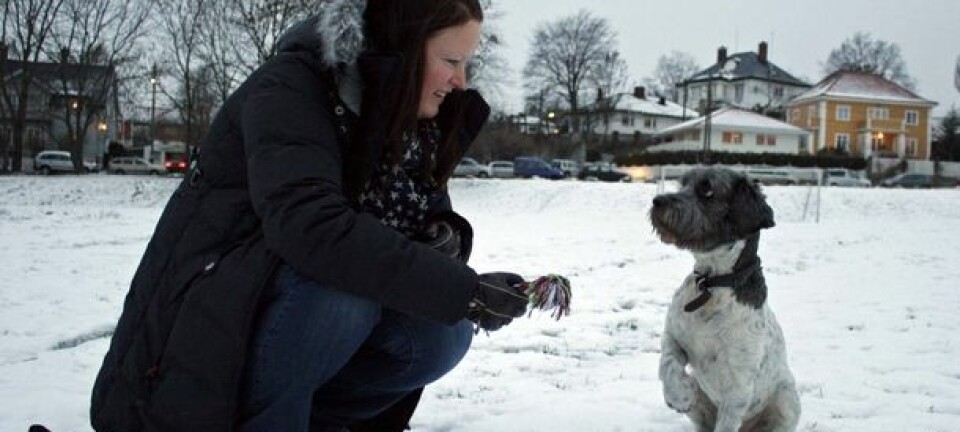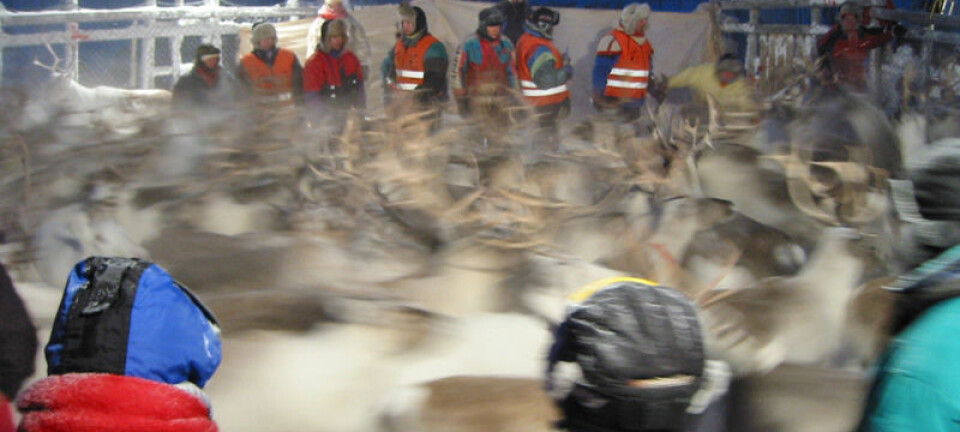
DNA reveals new picture of dog origins
Many different civilisations transformed wolves to dogs thousands of years ago. It was previously thought that only the Chinese had bred man's best friend.
It wasn’t the Chinese who brought about the ancestor of all dogs.
Dog researchers used to think that the Chinese bred the world’s first dog from a single pack of wolves some 15,000 years ago.
Now it has emerged that the dog was actually bred in several places around the world, in many different civilisations.
This surprising new finding has just been uncovered by a large European DNA project – Lupa – which has mapped the genes of a wide range of dog breeds.

“It turns out that humans have been breeding wolves into dogs in several places around the world. Previously it was assumed that all dogs had the same pack of wolves as ancestors,” says one of the researchers behind the project, Professor Merete Fredholm, of the Department of Basic Animal and Veterinary Sciences at the University of Copenhagen.
DNA fingerprint tells of the dog’s ancestor
The scientists have reached the surprising conclusions by studying genetic variations in the DNA of 35 dog breeds.
The technique they used is known as SNP, which stands for ‘Simple Nucleotid Polymorphism’.
In their SNP analyses, they took DNA from each of the dogs to establish their DNA fingerprints.
Scientists originally looked at archeological finds and cave drawings to figure out when and where man started to domesticate dogs. But now that we’ve entered into the DNA era, we have obtained some more precise tools.
The analyses revealed:
- That individual dogs within each breed have very similar appearances
- That the dog has been bred independently in many different locations around the world
- That dogs without a doubt descended from wolves. No other species have been involved.
Many civilisations bred dogs
DNA from dog breeds such as the Golden Retriever, the English Bulldog and the Basset Hound reveal that the grey wolf is the ancestor of all dogs.
The analyses also show that the dog breeds cannot possibly all stem from the genes of the same wolf pack. Different dog breeds originate from wolves in different parts of the world.
Up until now it was thought that the Chinese where the first to breed dogs – the Shar-Pei, an effective war dog – some 15,000 years ago.
But the new study has revealed that other civilisations started breeding dogs many thousands of years ago.
“We now know that wolves have been used as working dogs in several places in the world,” says Fredholm.
“But we’re still not sure exactly how many places.”
DNA uncovered dog secrets
Biologists have always been interested in the origins of man’s best friend. Even before science could fix its sharp gaze on DNA, scientists were under the impression that dogs were bred from wolves.
“Scientists originally looked at archeological finds and cave drawings to figure out when and where man started to domesticate dogs. But now that we’ve entered into the DNA era, we have obtained some more precise tools,” she says.
“Some of the older studies are not sufficiently thorough. Some things have been misunderstood because it’s not been possible to look as deeply into the DNA as we have. But we’re far from done. There’s still a lot more to learn from further studies.”
Further studies could reveal how many times the dog has been bred from the wolf. This information could tell us about our distant ancestors’ lives. Were they hunters? Or did they need watchdogs or war dogs?
The new findings have been published in the scientific journal PNAS.
------------------------------
Read this article in Danish at videnskab.dk










